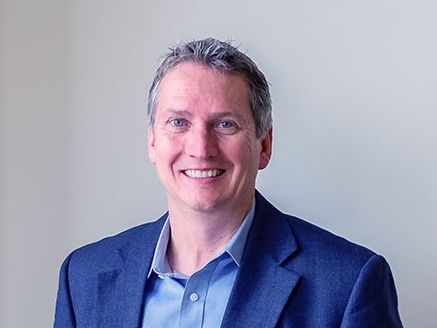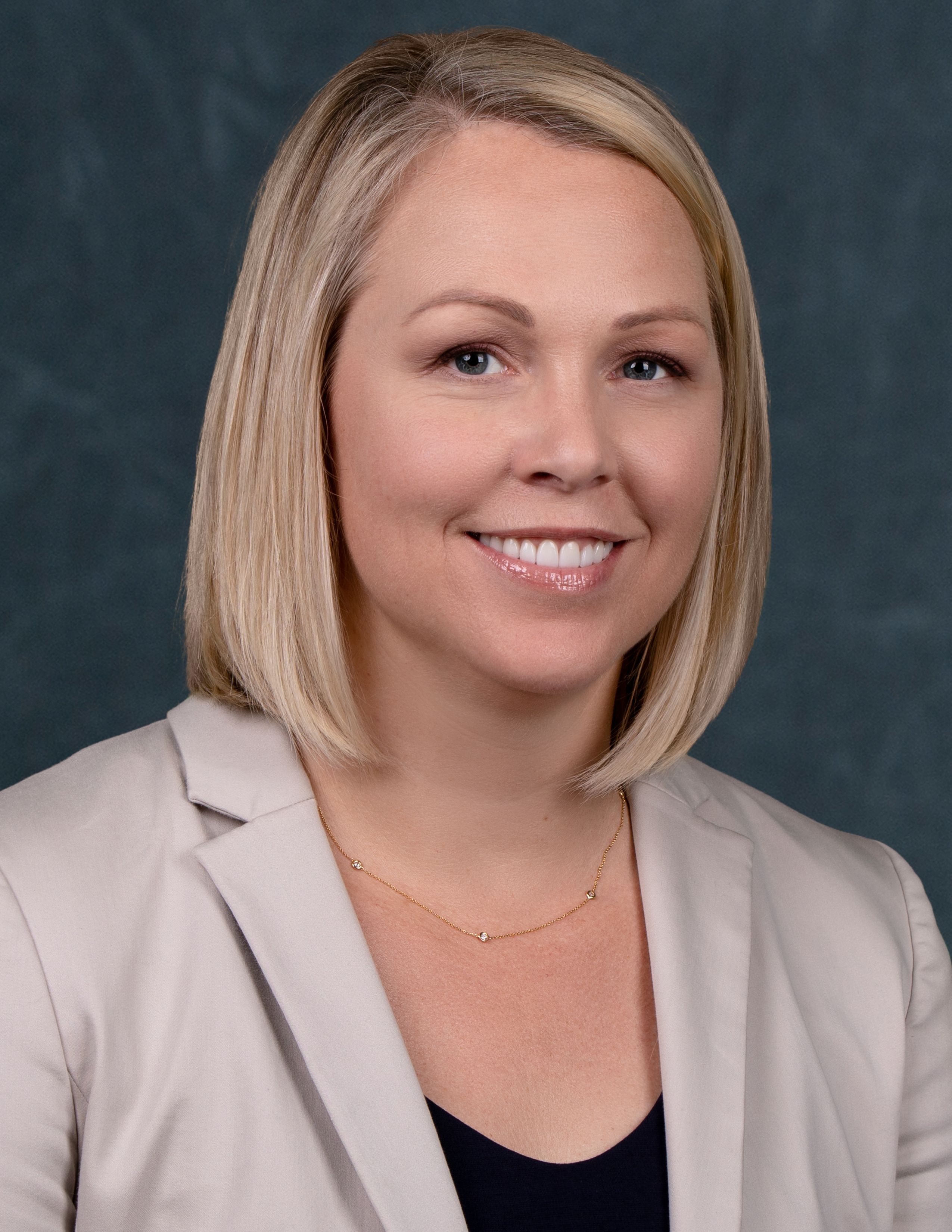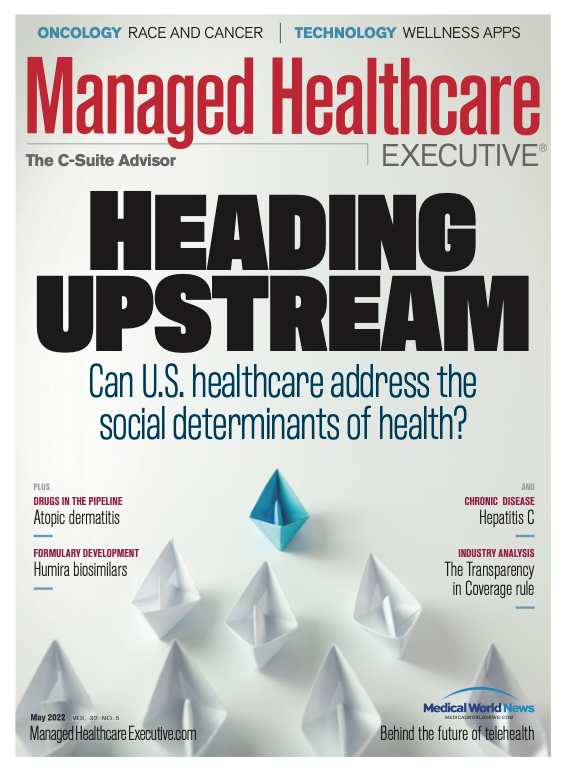Keeping Members by Making Them ’Appy: Health Plans and Wellness Apps
Florida Blue and Blue Shield of California are among the insurers curating and offering free access to wellness apps for their members.
As consumers embrace wellness apps to help them do everything from reducing stress to improving their sleep, some health insurers are throwing their weight behind the trend, offering members free access to certain apps designed to improve health and well-being. “People are looking for an easy way to get better,” says Anne Hoverson, vice president of digital transformation at Florida Blue, which looks to “curate the right thing at the right time” for its members.
Bryce Williams

The first health and wellness apps were introduced more than a decade ago and, even today, “most don’t do much,” says Bryce Williams, vice president of MindBody Medicine for Blue Shield of California. “They’re just kind of a transitory experience for most people.”
But some apps can play a vital role in member care, he adds. “We felt the field had matured far enough that it was a really great opportunity that could help our members.”
The California insurer has a special website called Wellvolution that offers tools to help members do such things as manage their diabetes, lose weight and deal with mental health issues. The abundance of wellness apps can create what behavioral economists call overchoice: People freeze up when facing too many options. Blue Shield of California makes sure that all apps on the Wellvolution website have been clinically validated and deemed effective in real-world settings, according to Williams. The company launched Wellvolution in 2008 and started “experimenting” with apps in 2010, Williams says. Now, members who go to the site can discuss health concerns and the insurer will suggest apps and other tools to help them meet their goals. Health plan members do not pay extra for the programs. They may be connected to apps such as Ginger, which provides online mental health care; WW (previously Weight Watchers) to lose weight; Clickotine to quit smoking; and Virta Health to manage diabetes. In an email to Managed Healthcare Executive®, Blue Shield of California said that all of the payment models in Wellvolution are pay for performance. In the case of Ginger, the health plan says it pays on milestone basis, and the milestones include engagement, sustained engagement and clinical outcomes based on common mental health scoring tools.
Anne Hoverson

Florida Blue launched a new section of its website last year where members can relay their health concerns and be linked to appropriate care. Plan members have no-cost access to meQuilibrium, an app designed to reduce stress and build resiliency using cognitive behavioral therapy at a time when many Americans are struggling because of the mental toll of the COVID-19 pandemic. A Florida Blue member with diabetes might have access to Livongo for Diabetes, which monitors blood glucose readings through a connected device. Members may receive automated “nudges” to help them stay on track or can chat with a care coach or diabetes educator. The Livongo for Diabetes website say it is a $75-per-month benefit paid for by an employer or health plan.
Why now?
As demographics shifted and younger people, who are more inclined to use apps, started to sign up for healthcare coverage, Florida Blue began to increase its app offerings, Hoverson says. Meanwhile, app development, including wellness apps, boomed. The wellness apps also cater to the high value people place on convenience. There is no appointment, no travel time, no waiting room. An app “is always there for you, always in the palm of your hand,” Williams says. The pandemic has also been a factor, propelling a major shift to virtual care and familiarity with getting healthcare delivered digitally. The pandemic, says Hoverson, “brought down a lot of barriers.”
Peter Hames

That growing demand for virtual care has also fueled a wave of investment in the overall digital health sector, which includes apps. Noom, the weight loss program and app that uses cognitive behavioral techniques, raked in the largest investment in the digital health area in 2021, bringing in $540 million, according to Rock Health, a venture fund that focuses on digital health.
Overall, venture funding for digital health start-ups soared to $29.1 billion last year, a new record, according to Rock Health, and about double the investment funding in 2020. The 2021 money went to 729 deals, with the average deal reaching almost $40 million. Digital health start-ups in the fitness and wellness sector drew $4.3 billion in funding last year, according to Rock.
One issue with health and wellness apps is covering their cost. Some are available to consumers for free, many charge a monthly subscription fee and others are available only to health plan members.
The digital health company Big Health has tackled the issue by working with a pharmacy benefit manager (PBM). Big Health promotes its apps, which use cognitive behavioral techniques, as nondrug alternatives for insomnia and anxiety. The company says its apps — Sleepio for insomnia and Daylight for anxiety — have undergone clinical study, including 13 randomized clinical trials.
The company works with CVS Caremark, the PBM arm of the pharmacy giant. “By pioneering the ability to bill through the PBM, employers and health plans can easily add Big Health to their formulary and pay for their use via a drug claim, which is the same way they pay for medications,” Big Health co-founder and CEO Peter Hames said in an email. A person can access a Big Health app only if their employer has signed them up.
Concerns about apps
Big Health and a few other companies are trying to break away from the pack with claims that their apps have passed clinical trial muster. But in a recent opinion piece in JAMA, David Simon, Ph.D., a research fellow at the Petrie-Flom Center for Health Law Policy, Biotechnology, and Bioethics at Harvard Law School, and his colleagues from Harvard discussed the dearth of regulation of many wellness products, including direct-to-consumer apps that people use to help assess their health. The FDA tends to focus on the risk a product might pose to consumers, they noted. The agency draws a line between devices that diagnose diseases and conditions or purport to cure, treat or prevent disease and those intended for general use and wellness. “Even though some general wellness products may be ‘devices,’ the FDA will not regulate these products if they only promote a healthy lifestyle or help reduce the risk of certain chronic diseases based on accepted interventions,” the authors wrote.
Simon said in an interview that one of his concerns is whether consumers who use wellness apps are “aware they are not meant to diagnose diseases.” There are also questions about reliability of the information generated by wellness apps and what physicians can or should do with that information.
As for regulation, “the FDA can’t be out there policing tens of thousands of apps that exist” with the agency’s limited resources, said Simon.
Health plans benefit
By offering apps, health plans hope to increase connection and engagement with members.
For Florida Blue members, apps can serve to manage chronic conditions more effectively, Hoverson says. “The better they do, the healthier they are,” which can reduce emergency room visits and hospital admissions while lowering costs for the insurer.
Williams of Blue Shield of California agrees. He says offering the apps “improves the lives of those we serve. By improving health, all the rest (on the business side) is going to take care of itself.”

Insights Into Chronic Itch From Shawn Kwatra, M.D.
April 15th 2025A Q&A between Shawn Kwatra, M.D., professor and chair of dermatology at the University of Maryland School of Medicine, and Managed Healthcare Executive about new discoveries in chronic itch, how treatment options are improving and the challenges patients face in getting access to the right therapies.
Read More
Conversations With Perry and Friends
April 14th 2025Perry Cohen, Pharm.D., a longtime member of the Managed Healthcare Executive editorial advisory board, is host of the Conversations with Perry and Friends podcast. His guest this episode is John Baackes, the former CEO of L.A. Care Health Plan.
Listen
Breaking Down Health Plans, HSAs, AI With Paul Fronstin of EBRI
November 19th 2024Featured in this latest episode of Tuning In to the C-Suite podcast is Paul Fronstin, director of health benefits research at EBRI, who shed light on the evolving landscape of health benefits with editors of Managed Healthcare Executive.
Listen